Survey shows increased Salvation Army health programs in the U.S.
By Chadwick Phillips –

The Salvation Army has taken a stance in the fight against the ever increasing issue of obesity. Over the last five years, the Army has expanded its health and fitness programs by 65 percent, providing individuals and families with programs that encourage them to maintain a healthy lifestyle.
Obesity, and all of its proceeding negative qualities, can be directly correlated with poverty. According to the United States Census Bureau, the official poverty rate was 15 percent with 46.5 million people in poverty in 2012. The census also showed that of those in poverty, 26.5 million people were aged 18-64, 3.9 million were seniors aged 65 and older, and 16.1 million were children under the age of 18.
For certain populations, healthy lifestyle choices are not readily available either due to access or cost, and choices to eat right and staying active are displaced by alternatives that may shorten life expectancy. Therefore, The Salvation Army provides fitness and athletic programs along with community gardens and cooking programs to those in need.
“People in poverty deserve access to health resources to combat obesity and live long lives,” said Commissioner William Roberts, former national commander who presided over National Headquarters’ 2013 Wellness for All report. “The Salvation Army has grown its mission to encourage wellness for all—for the mind, body, and soul.”
The Salvation Army has developed new programs internally such as Kroc Fit Kids, as well as partnerships with organizations like Reebok, the National Football League, and Dole, in an effort to broaden services and make health education and fitness programs available to all.

According to the report, fitness and athletic classes are most in demand. Among the surveyed Salvation Army facilities, 73 percent offer at least one type of cardiovascular or strength and muscle building class. Examples of popular classes and programs include Zumba, basketball, swimming, and dance. These programs are not only tailored to adults, but can be adjusted to fit the needs of children and seniors as well.
Data collected for the 2013 report revealed that adults aged 30-55 make up nearly 40 percent of all participants in Salvation Army wellness programs. Children aged 0-12 make up about 39 percent and the senior population is around 11 percent.
Although Lt. Col. Stephen Banfield, national secretary for program, holds that all programs are equally necessary, he believes that some of The Salvation Army’s best programs are those that benefit the youth.
“The 373 summer camps and Boys & Girls Clubs allow children to explore and experience life outside of the digital realm,” Banfield said. “The reality of the out-of-doors supersede the virtual reality of the computer culture.”
The Ray and Joan Kroc Corps Community Center in San Francisco features an after school program with daily homework tutoring, a nutritious snack, recreation, and enrichment activities to children in first to fifth grades. The program also gives children an opportunity to choose to participate in weekly Salvation Army youth programs such as Rangers, Adventure Corps, Sunbeams, Girl Guards troops programs, and the Kroc Singing Company.
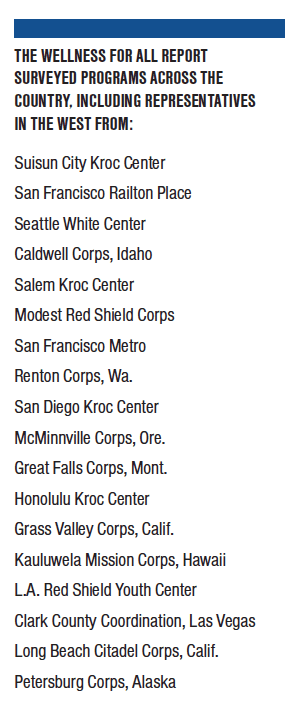 The San Francisco Kroc Center sees an average of about 350 people per day, according to Eva Borrego, fitness program director. Around 64 percent of attendees are 25 and older; 23 percent are ages 0-12.
The San Francisco Kroc Center sees an average of about 350 people per day, according to Eva Borrego, fitness program director. Around 64 percent of attendees are 25 and older; 23 percent are ages 0-12.
One of the most successful programs at the Kroc Center in San Francisco is Zumba.
“Zumba, which falls under our group exercise classes in our fitness center is our most popular program,” Borrego said. “Zumba is an exhilarating, effective, easy-to-follow, Latin-inspired, calorie-burning dance fitness cardio class. People also see results. It’s not just about losing the weight, it’s really giving folks the self-esteem they need. When you start to believe in yourself, you can accomplish anything.”
On average, 61 percent of Salvation Army wellness programs have seen an increase in demand over the past year, while 56 percent have seen an increase in demand over the past five years. The Salvation Army wellness programs focus not only on informing people, but also helping them to make lifelong changes.
“The 25 Ray and Joan Kroc Corps Community Centers offer thousands of men, women and children a variety of holistic programs which address individuals’ body, mind, and soul,” Banfield said. “What’s most important to me is that thousands of men and women’s lives are changed and transformed when they come into our programs. We help make those changes.”
However, with the growing number of participants using The Salvation Army Wellness Program resources, recently many facilities say they do not have enough funding to meet the ever growing demand.
“Notably, 54 percent of Salvation Army health and wellness programs stated donations in 2012 were not able to meet the full demand due to decreased or stagnant giving,” Roberts said. “Yet the need is great, and Salvation Army programs will find a way to meet demand and help the less fortunate find healthy life alternatives.”











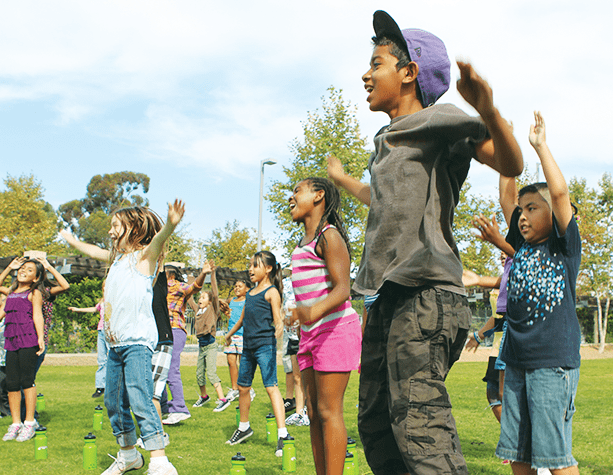
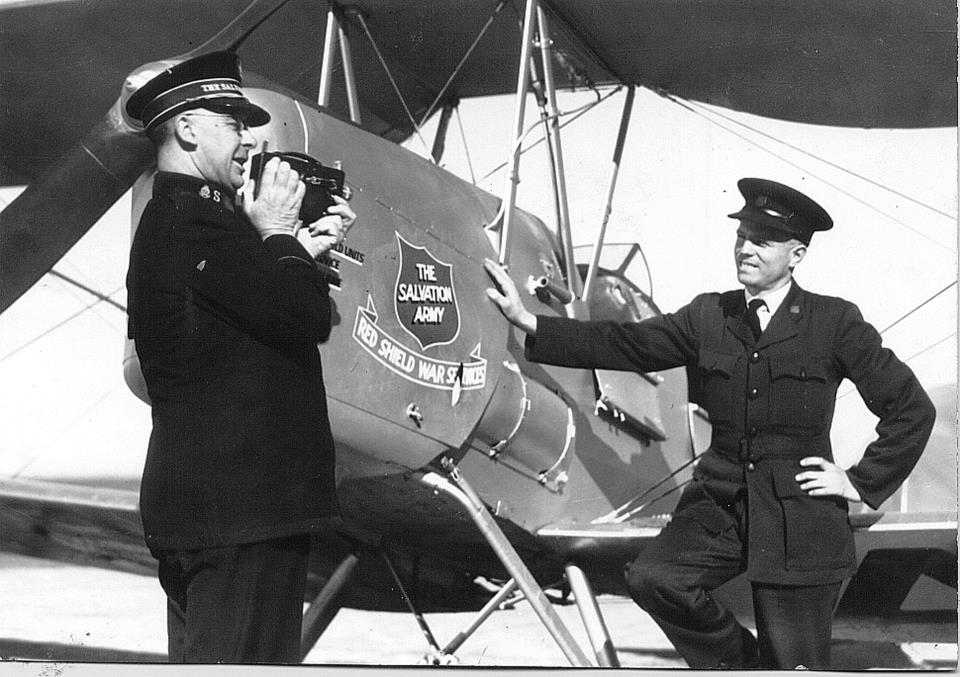
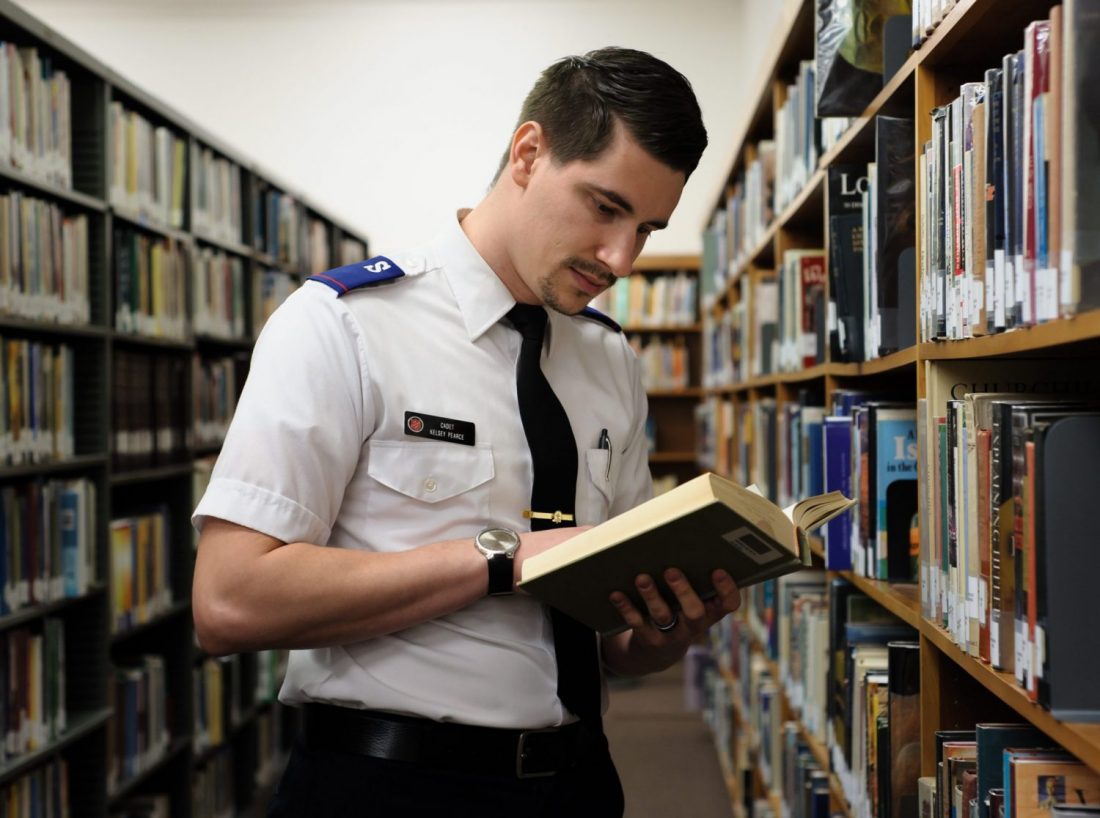
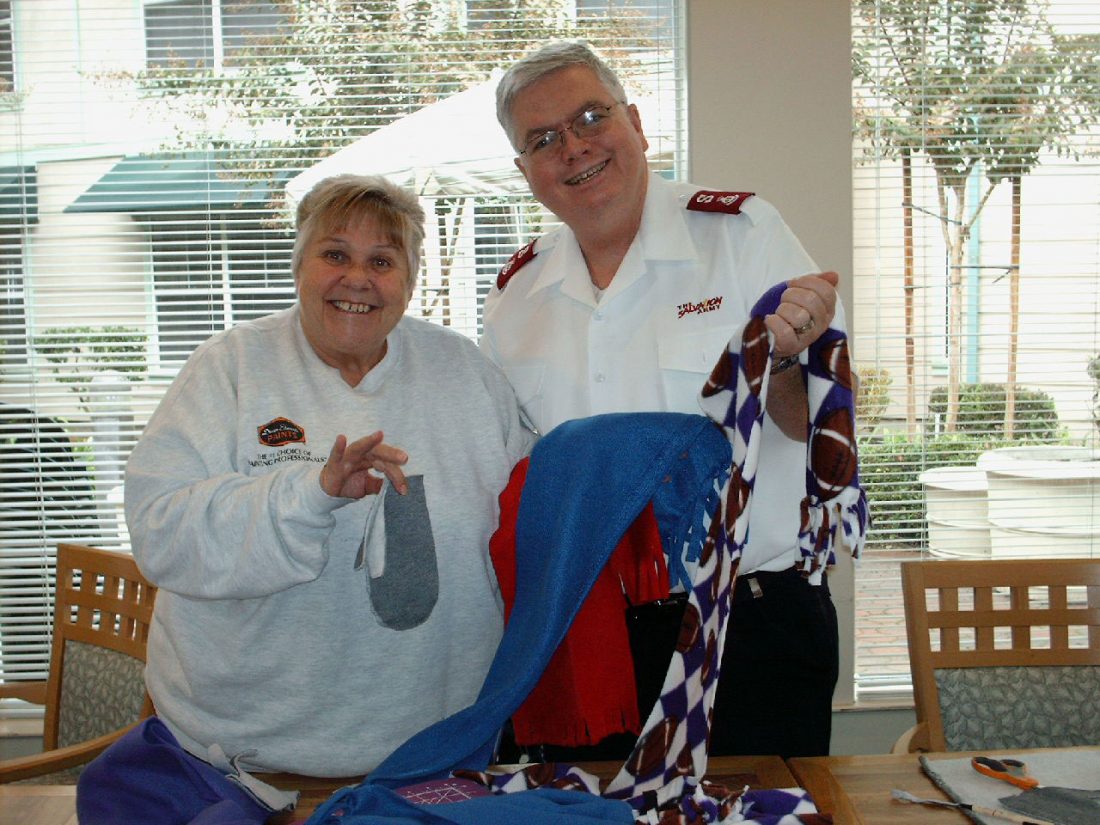
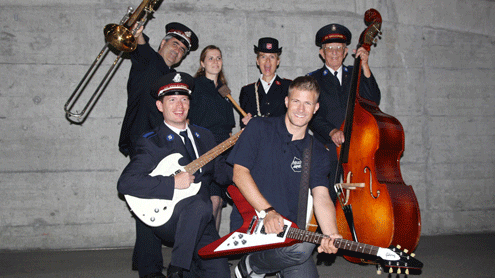
I love the New Frontier Chronicle!
I was introduce to the Chronicle when I started working for the Salvation Army McKinnell House in Anchorage Alaska. it is because the articles and wonderful information about the kingdom of god that I had been able to maintain a better relationship with family and my husband. Thanks to the Chronicle millions of people are learning the basic principles of god. I love to read about what the Salvation Army is doing around the World,I’m so proud to say that I work for the Salvation Army.Keep up the wonderful job New Frontier Chronicle!